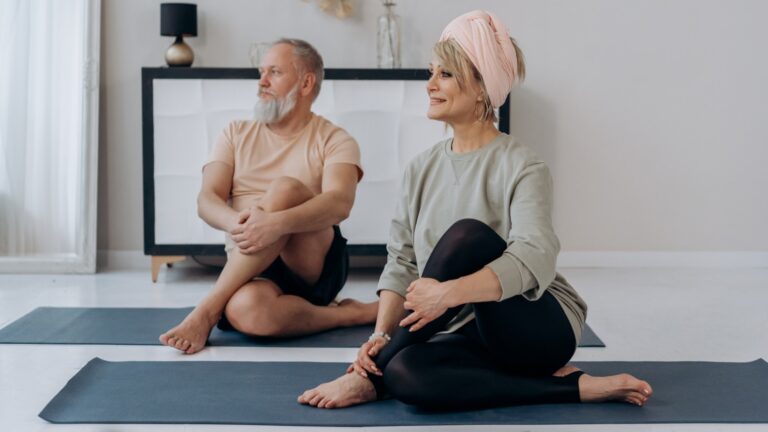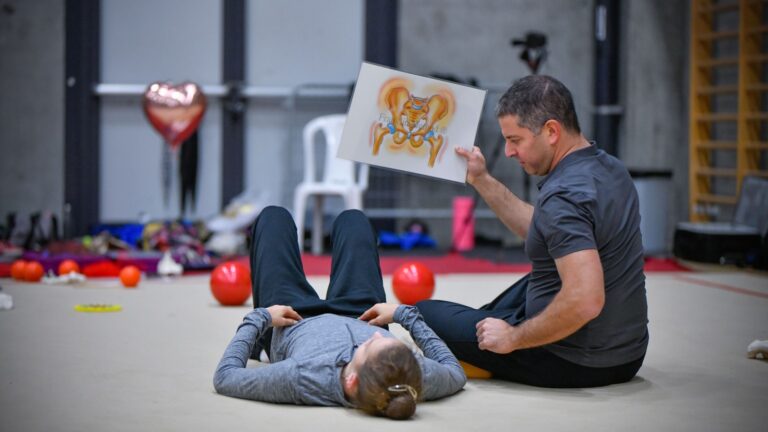Some of the best brains in Israel and the United States are paired up this year to do brain research.
The catalyst that brought them together was the Henry J. Leir Brandeis-Israel Research Initiative, a $750,000 grant to strengthen collaborations among Israeli scientists and their peers at Brandeis University in Massachusetts involved in “Sustaining the Mind,” a project to probe the science underlying Alzheimer’s, Parkinson’s, ALS and other neurological diseases affecting millions.
Eytan Domany, Avraham Yaron and Misha Tsodyks of the Weizmann Institute of Science in Rehovot, and Noam Ziv of the Technion-Israel Institute of Technology in Haifa, traveled to Brandeis last August to present their research to faculty, postdoctoral fellows and graduate students at the Leir Foundation Neuroscience Symposium.
“We are very excited to be part of an initiative that, in the long term, will enable innovation that begins in the laboratory and extends to the global stage, allowing for new lines of inquiry and groundbreaking research,” said Brandeis Provost Steve A.N. Goldstein.
The exchange will also involve sending graduate students back and forth between the institutions, and two years of research at Brandeis by Israeli postdoctoral fellows.
Ziv, a professor of neuro-engineering at the Technion, served on the committee to select winning proposals.
“The criteria were to choose real collaborations that follow the spirit of the Leir Foundation, to promote young people without established ties with Brandeis,” he tells ISRAEL21c. “At the end, two seed projects were selected, and there will be another round in April.”
Project 1: How synapses form
For Avraham Yaron, the Leir grant enables him to formalize a research relationship with Suzanne Paradis of Brandeis on the semaphorin molecules that regulate the creation of connections (synapses) between neurons.
“I have known Dr. Paradis for a while, through our mutual interest in synapse formation,” Yaron tells ISRAEL21c, “so when this opportunity came along we immediately thought to collaborate.”
He explains that while Paradis studies how these molecules form synapses, he looks at the larger semaphorin family to research the biochemistry that helps axons – which conduct impulses from one cell to another — find their targets.
“It’s a natural fit that we would collaborate to dig deeper into how semaphorins tell a neuron to build a synapse,” Paradis commented.
The two scientists believe that the way synapses form and change throughout life forms the basis of the functionality of the nervous system, from simple activities to learning and memory.
“Through our mutual studies, we can contribute to an understanding of how they change throughout life and the molecular basis of the nervous system,” Yaron says. “The idea is to do initial studies with the Leir funds and use the data to ask for more grants to continue further studies.”
“People approach their science differently in different countries, so when you collaborate and cross fertilize, you get a whole slew of different ideas that build on so many different experiences,” Paradis added.
Project 2: How cell walls are reshaped
The second Leir-funded collaboration involves Brandeis Assistant Professor Avi Rodal (biology), Hebrew University Associate Professor Daniel Harries (chemistry) and Technion Associate Professor Dganit Danino (biotechnology and food engineering).
Harries tells ISRAEL21c that the three of them had separately been studying a different aspect of BAR domain proteins, whose role is to “sculpt and remodel” the lipid membranes that encapsulate living cells and the organelles within cells. The membrane must reshape itself to allow for a cell to ingest food, or to transport materials to another cell.
Understanding how BAR domain proteins perform their function in nerve cells could provide a clue to many diseases that can affect these cells, including ALS and Alzheimer’s.
“The Leir Brandeis-Israel initiative is what brought us together on this topic,” Harries explains.
“Avi is a cell biologist doing experiments in living cells to see how the proteins change the shape of the membranes. Dganit is a specialist in cryo-electron microscopy, where she freezes a sample to suspend what was going on inside and looks at it to see kind of structures these proteins form. I am a theoretician, making computerized models of the lipid membranes and proteins, in order try to decipher how different interactions govern the shape.”
The grant will allow mutual visits among them and their students, while on a more daily basis they communicate through Skype conference calls or emailing.
Arthur Wingfield, chair of the neuroscience program at Brandeis, said that the distance between the two groups of researchers shouldn’t impede their progress.
“The neuroscience community is a truly international one,” he said. “So these collaborations are very natural and very easy.”

















